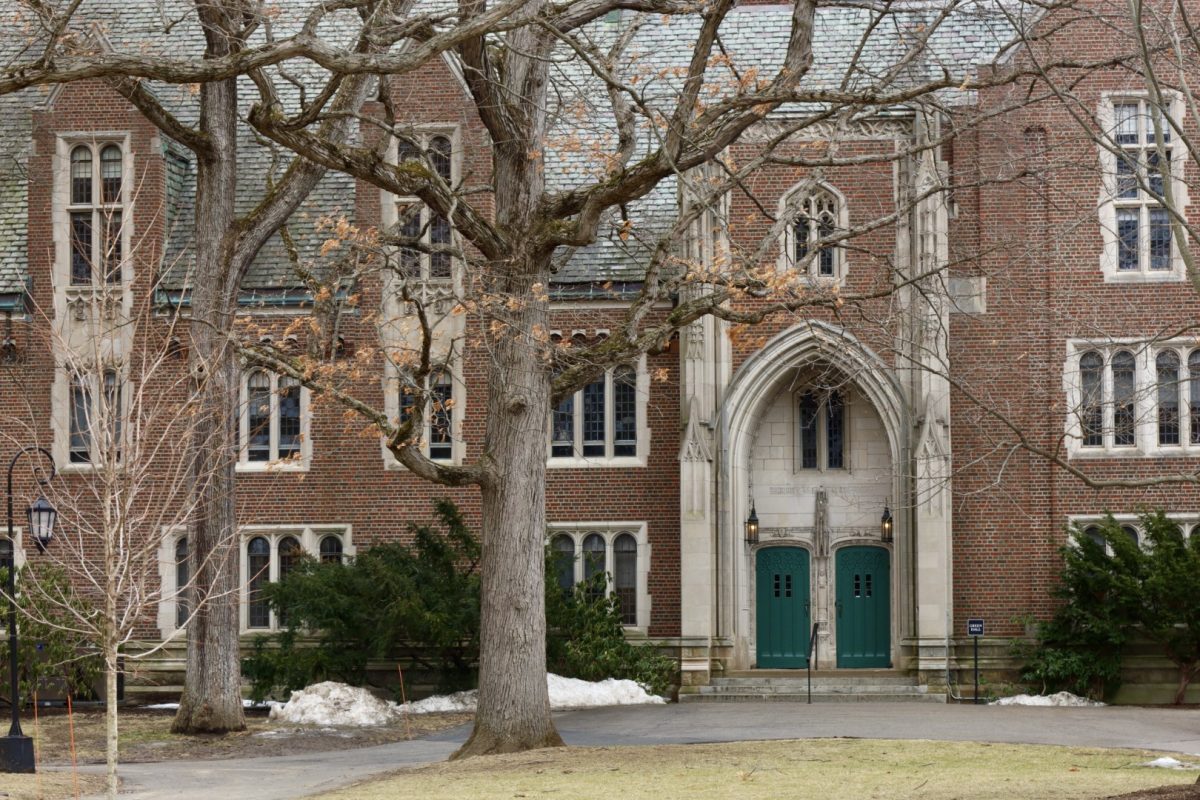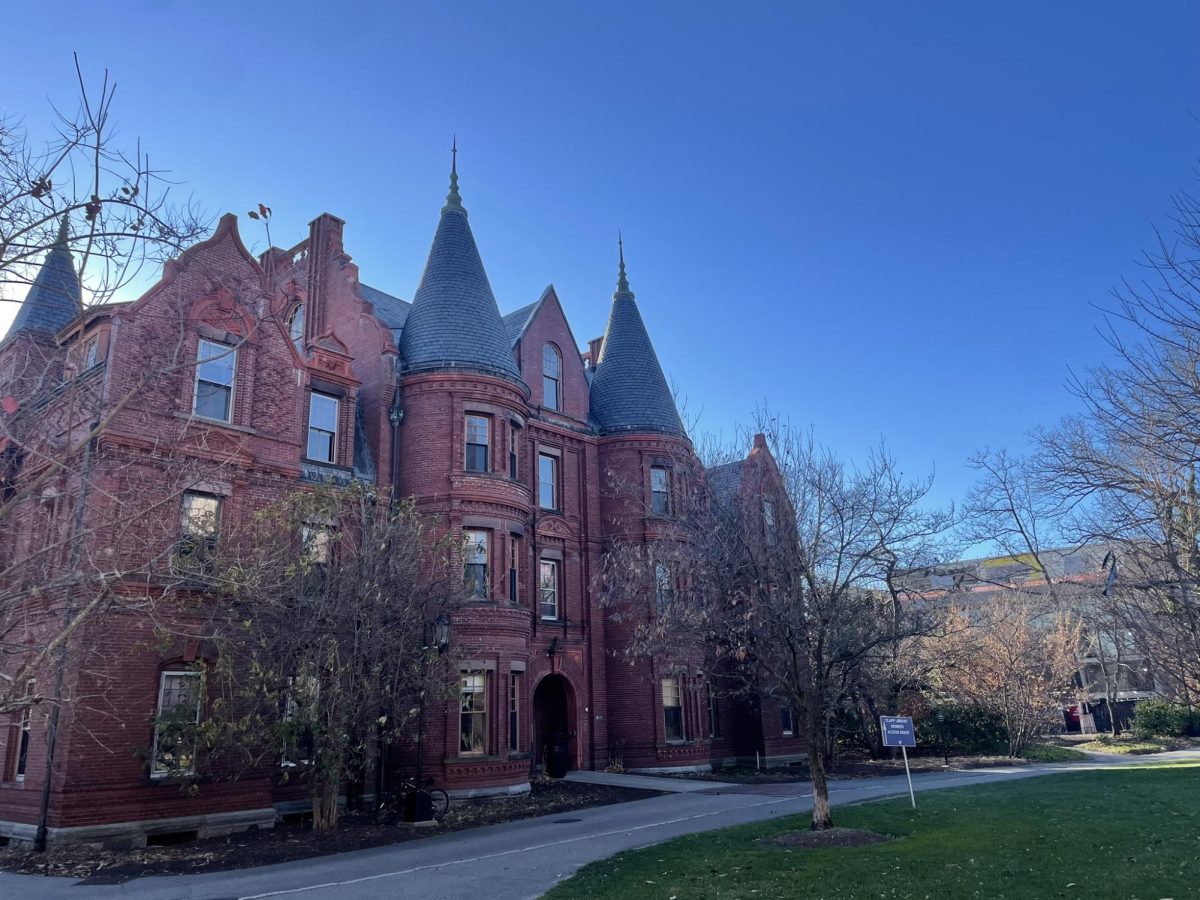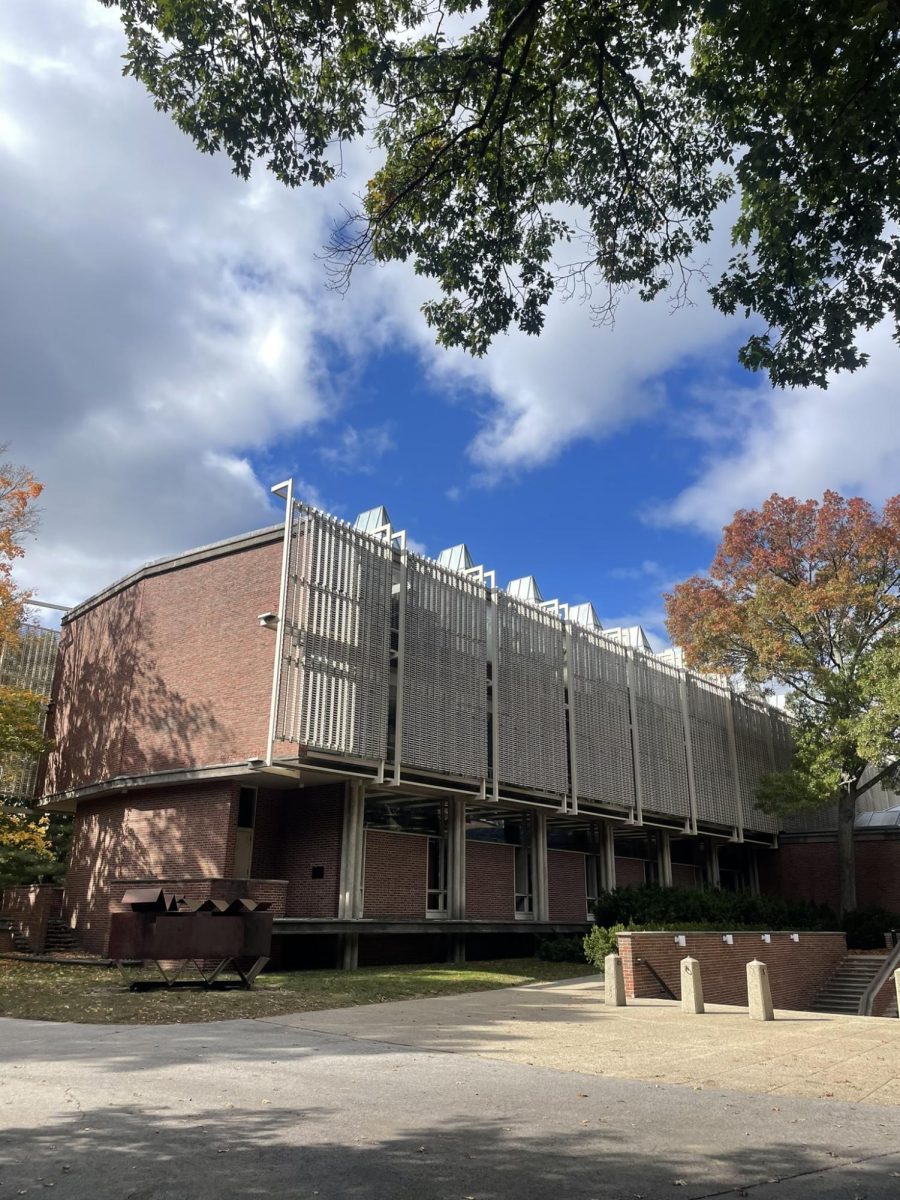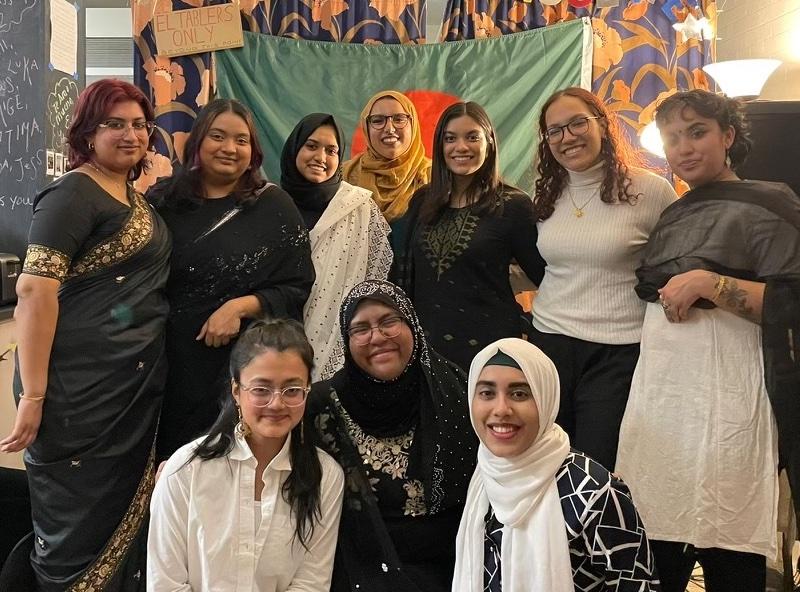The Wellesley Asian Alliance (WAA) has been working towards the disaggregation of Wellesley Admissions’ data on Asian students for years. As of April 2022, there are 524 Asian students at Wellesley, according to the Wellesley Office of Institutional Research (OIR) data.
Wellesley categorizes racial groups as “Nonresident aliens,” “Hispanic/Latino,” “Black or African American, non-Hispanic,” “White, non-Hispanic,” “American Indian or Alaska Native, non-Hispanic,” “Asian, non-Hispanic,” “Native Hawaiian or other Pacific Islander, non-Hispanic,” “Two or more races, non-Hispanic,” and “Race and/or ethnicity unknown.”
However, within Wellesley’s “Asian” label, the College currently makes no differentiation within this community, even though, as WAA Executive Board Member Anisha Rao ’23 emphasized, the Asian and Pacific Islander (API) student body is quite diverse.
“I don’t think it’s an accurate representation, and I don’t know if you can get all of [the community’s diversity] from disaggregating data just by racial lines,” they said. “But I think it gives you a better understanding of, you know, who’s occupying that space [if we do disaggregate the data].”
The label “Asian American” was initially adopted by many Asian Americans in the 1960s as a tool for political organizing. Sociology Professor Smitha Radhakrishnan noted that although that label may have been useful then, moving towards further disaggregation would enable better understanding of the API community on campus.
“People [think that] if we disaggregate then we lose that political umbrella piece, that we won’t be in solidarity with each other or somehow that Asian American or South Asian American solidarity we’re trying to foster is going to be undermined,” she said. “But I would argue that that is not the case, that we actually need both, because if we don’t understand the diversity within that category, we are not really going to be able to engage in meaningful political action on behalf of our communities or multiple communities.”
According to Rao, there were many people within the API community on campus that did not feel included in these statistics, and thus disaggregation would be a way to acknowledge that. Rao is South Asian, and has been committed to diversifying the narrative around the API community at Wellesley, in the student body and the curriculum.
“Without this disaggregation of data [we know] that Asian students make about 22% of the student population, but what does that really mean?” they asked. “[Disaggregation] gives you a better understanding of who’s occupying that space.”
Prof. Radhakrishnan also advocates that disaggregation would dispel some of the prevalent misconceptions of the API community.
“When we think about Asian Americans as a category, we in the US, because of the history of US imperialism, tend to associate that with East Asian groups,” she said. “But it leaves South Asian groups and Southeast Asian groups [unsure of] whether they belong to that category or not. Because of the way statistics are collected, South Asians and Southeast Asians have been included in that category, but the feeling of belonging has not always been aligned.”
The lack of acknowledgement of representation within the API community is also attested to by Salote Vakatawa ’25, a Fijian student who, especially in her Fall semester, struggled finding a community on campus that helped her feel represented and connected to her Fijian identity. She ended up joining Hawai’i Club, finding connection with some parts of her identity as a Pacific Islander there. Still, she now has to balance navigating this space to represent her culture in events like the Food of Fiji, but also feeling a disconnect with aspects of Hawaiian culture that do not overlap with Fijian culture.
WAA advocated for the Asian American Studies minor, which was introduced in the 2013-2014 academic year, as well as the hiring of Professor Genevieve Clutario in 2019. Academically, Rao also believes that despite the progress made in Asian American Studies courses, there is more to be done in order to adequately address the needs of the API community on campus.
In Vakatawa’s academic experience, when inquiring about course offerings that have to do with Fijian history or Pacific Islanders in general, the response she received from a professor in the history department was simply that they just did not have that information and there was no department head for this concentration.
“That’s honestly why I’ve become so passionate about history,” Salote said. “I’ve had to research about myself to teach myself about me … I wish there was more support and more classes on campus having to do with Pacific Islanders.”
Both Rao and Prof. Radhakrishnan also noted that there is a need to understand the diversity and categorization of other racial and ethnic groups, such as people who identify as Hispanic and/or Latinx, and people of Middle Eastern descent, who may identify as Central Asian, but are categorized by the United States census as “White.”
Prof. Radhakrishnan was also the chair of the Presidential Commission on Ethnicity, Race and Equity (CERE) from 2018 to 2021. During her time on the CERE, Prof. Radhakrishnan was involved in conversations around disaggregation of data on race and ethnicity. She noted that the conversation around the issue is not always consistent.
“It’s been a while since I’ve heard those types of conversations,” she said. “I feel like it comes and goes. I would like to see that conversation go further and kind of sharpen its political focus because just having disaggregated statistics about different groups is a good step, but we’re really interested in [the questions]: What are the different histories that are culminating on the campus? And what are the histories of exclusion and belonging that are really culminating at Wellesley?”
Assistant Dean of Intercultural Education and Advisor to Students of Asian Descent Karen Shih also believes that disaggregation is necessary to understand the AAPI community and what resources it needs.
“Aggregated data for all Asian Americans and Pacific Islanders reinforces the model minority myth and masks the disparity within the AAPI communities,” she wrote in a statement to The News. “As a result, many disadvantaged AAPI groups such as Cambodian, Hmong, Bangladeshi and Pacific Islanders do not have access to adequate resources and support.”
Shih also added that she works to support Asian, Asian American and Pacific Islander students through advising, programming, advocacy and connecting them with other resources, like alums.
“Working with students through their time at Wellesley and continuing to mentor them after graduation bring much joy and meaning to my life; however, from time to time, I find my work overwhelming due to insufficient administrative support,” she wrote.
OIR maintains records of student populations, and does record the race and ethnicity categories for federal reporting purposes with the same categories as the Common Application that many prospective students use to submit their Wellesley admissions application. This issue of disaggregating data has been brought to their attention before, but Rao reported that there had recently been no communication with WAA or students in general as to what the progress might be. However, according to Public Affairs, OIR has made some changes, starting in 2019.
“In 2018, Senior Leadership approved a request from the Data Governance Committee to collect disaggregated data on race and ethnicity for the student body,” Public Affairs wrote in an email statement to The News. “The Office of Institutional Research began collecting this data from new students starting in the fall of 2019. Since we have been dealing with a pandemic and a change of leadership in the OIR office, we have not made plans yet to share the data. This work will occur over the summer and into the fall when the Data Governance Committee meets again.”
Dean of Admissions Joy St. John also reported that the Admissions Office was involved in some of the conversations around disaggregating data within racial categories, but added that the data that OIR maintains is not within Admissions’ purview.
“There’s two times that students are asked to identify their race and ethnicity,” she said. “When they apply to college … and then when they enroll. For admission data, we report the data that we’re required to report for different federal-based surveys, and those use federal definitions.”
Rao also added that since some members of the API community may not categorize their ethnicities based on country of origin, like the Hmong or Khmer ethnic groups in Southeast Asia, it is important to carefully consider the methods of disaggregation. In the conversations that have happened on the Data Governance Committee, Dean St. John said that there had been some progress made, but there were some questions as to how the data should be disaggregated.
Despite the complexity of disaggregation, Prof. Radhakrishnan believes that while politically, it may make sense to organize as a larger group as Asian Americans, disaggregating data at Wellesley specifically is a step towards ensuring better understanding of the diversity of the API community on its campus.
“It’s not about saying that we’re the same, but that we [all] want the same things for our communities,” she said. “We can fight for those things [by] understanding one another better.”






